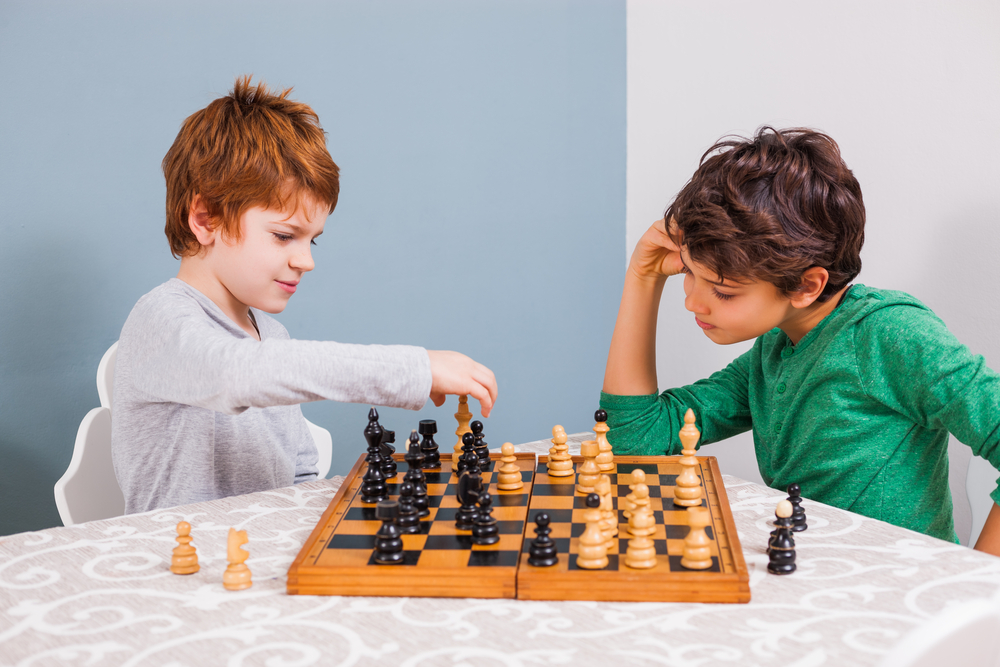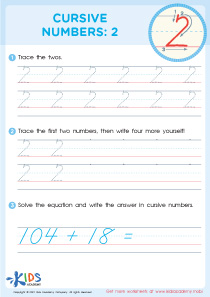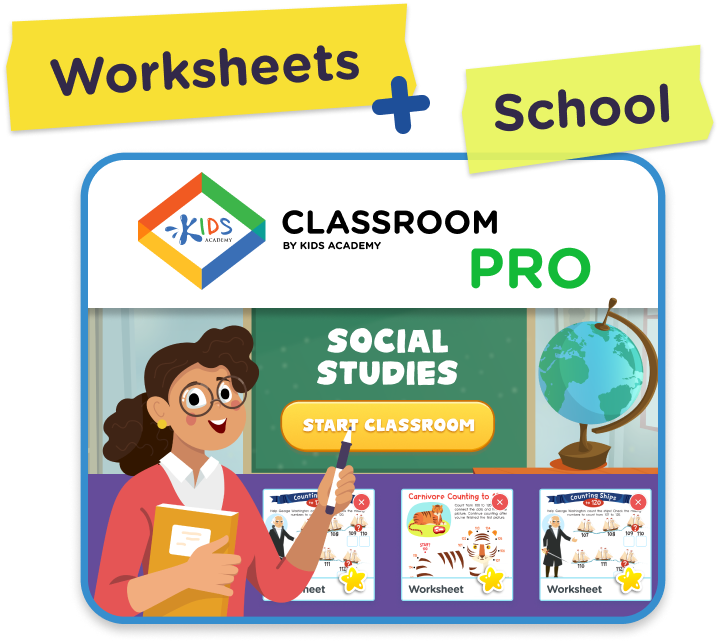Understanding chess rules Chess Worksheets for Ages 6-9
7 filtered results
-
From - To
Introduce your young learners to the exciting world of chess with our “Understanding Chess Rules” worksheets, designed specifically for ages 6-9. These engaging and interactive resources help children grasp essential chess rules and strategies while fostering critical thinking and problem-solving skills. Through playful exercises and visually appealing activities, kids will learn about the chessboard layout, piece movements, and basic game etiquette. Perfect for home or classroom use, our worksheets create a fun learning environment and encourage strategic thinking. Equip your child with the foundations of chess and set them on a path to mastering this timeless game!


How Rooks Capture Worksheet


How King Moves Worksheet


How Rooks Move Worksheet


How Queen Captures Worksheet


Check. Checkmate or Stalemate? Worksheet


Castling No–no's: Part 1 Worksheet


How Pawns Capture Worksheet
Understanding chess rules is essential for children aged 6-9 as it not only stimulates cognitive development but also fosters important life skills. Chess enhances critical thinking and problem-solving abilities, allowing children to analyze situations and make strategic decisions. By grasping the basic rules of the game, children learn to plan moves ahead and evaluate consequences, skills that are transferable to academic subjects and everyday life.
Moreover, chess is a stimulating way to introduce concepts of patience and sportsmanship. Children face wins and losses, teaching them how to handle success gracefully and how to learn from setbacks. This fosters resilience and a growth mindset, encouraging them to keep improving through practice.
From a social standpoint, engaging in chess provides opportunities for children to interact and collaborate with peers, developing communication skills and camaraderie. Many schools and communities include chess in their curricula and programs, offering a structured setting for children to enjoy learning.
For parents and teachers, recognizing the value of chess at an early age can lead to integrating this enriching activity into playtime and education, ensuring children reap its cognitive, emotional, and social benefits. In essence, caring about chess can significantly contribute to a child's overall development.
 Assign to My Students
Assign to My Students
















